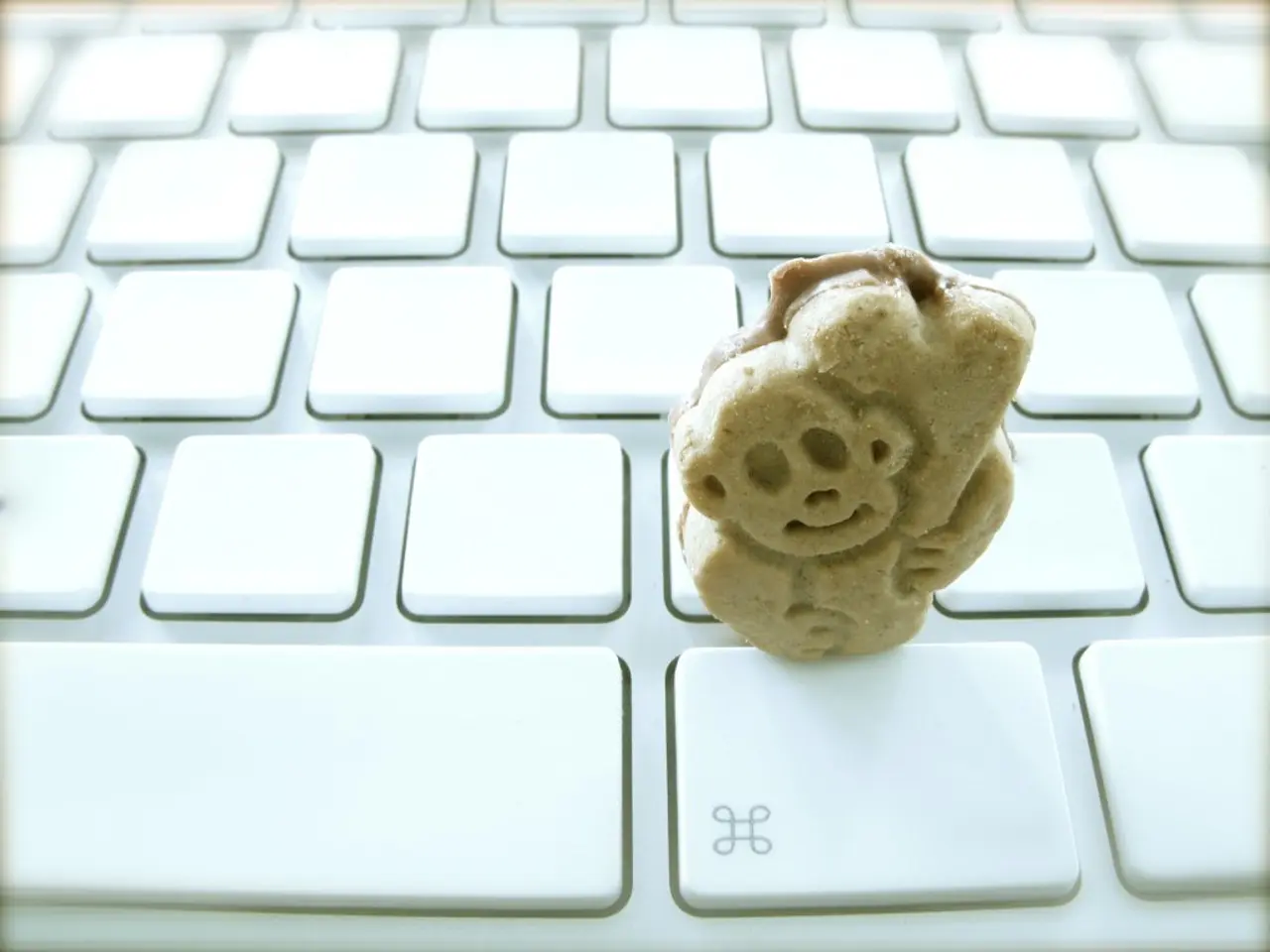How to Handle a Child Ingesting a Button Battery
Button batteries, small and coin-shaped, are commonly found in various household items such as remote controls, toys, calculators, watches, medical devices, and photography accessories. However, these seemingly harmless devices can pose a serious risk to young children.
A recent study published in Pediatrics has highlighted the increasing danger of button battery ingestion. The number of incidents involving the consumption of a button battery rose by more than 90%. This alarming statistic underscores the need for heightened awareness and precautions.
If a child swallows a button battery, it can cause severe damage to the esophagus and intestines, leading to tissue damage and, in extreme cases, death. Symptoms of button battery ingestion include refusing to eat or drink, coughing or choking, chest pain or discomfort, difficulty swallowing, excessive drooling, noisy breathing, a hoarse voice or sore throat, abdominal pain or vomiting, bloody stool, saliva, or vomit.
In such a situation, immediate medical attention is required. Call your local poison control centre (1.800.222.1222) right away, in addition to calling the child's doctor or 911. Do not induce vomiting or attempt the Heimlich maneuver.
To mitigate the risk, parents and caregivers should keep button batteries out of a child's reach. This includes being aware of objects in the home that contain button batteries and securing them properly. The number one recommendation made in the study was to use child-proofing devices to secure button batteries in devices such as car keys.
Moreover, toys that use button batteries should only be played with under supervision. If you need to throw out a button battery, place tape on both sides and store it in a secure bag until you're able to recycle it.
In a surprising turn, a 2018 study demonstrated that honey acts as a "protective esophageal irrigation" and can reduce the severity of damage caused by a swallowed button battery. However, this does not mean that honey should be given to children under a year old who have swallowed a button battery. Honey is extremely dangerous for this age group and should not be given to them if they swallow a button battery.
For children over the age of 1, if a button battery is swallowed, give them 2 teaspoons of honey every 10 minutes while making your way to the hospital.
By being vigilant and taking the necessary precautions, we can help ensure the safety of our children in our button battery-filled world.
Read also:
- Understanding Hemorrhagic Gastroenteritis: Key Facts
- Stopping Osteoporosis Treatment: Timeline Considerations
- Tobacco industry's suggested changes on a legislative modification are disregarded by health journalists
- Expanded Community Health Involvement by CK Birla Hospitals, Jaipur, Maintained Through Consistent Outreach Programs Across Rajasthan








